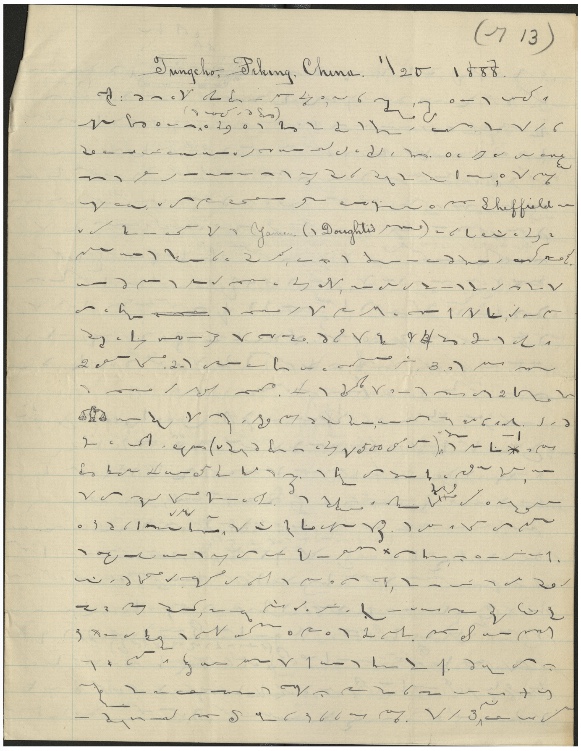Opacity of the week: all pills $11.95
That's the sign on the door of a gas station that I saw in Media, Delaware County, Pennsylvania. It had pictures of four different packages of pills, but the lettering on them was so blurred that I couldn't see what types or brands of pills they were.
ALL PILLS
$11.95
That was the only sign on the door, and it was very prominent: right in the center of the door as you entered. As I stepped inside the store, I was wondering mightily: why are they selling you pills when they don't tell you what kind of pills they are?
After going inside and paying for my gas, I asked the two female attendants, who were all dressed up in holiday attire, what kind of pills they were, both of them said in unison, "male enhancement", as though they had rehearsed the answer hundreds of times. I was embarrassed and so were they, so I got out as fast as I could.
Read the rest of this entry »




